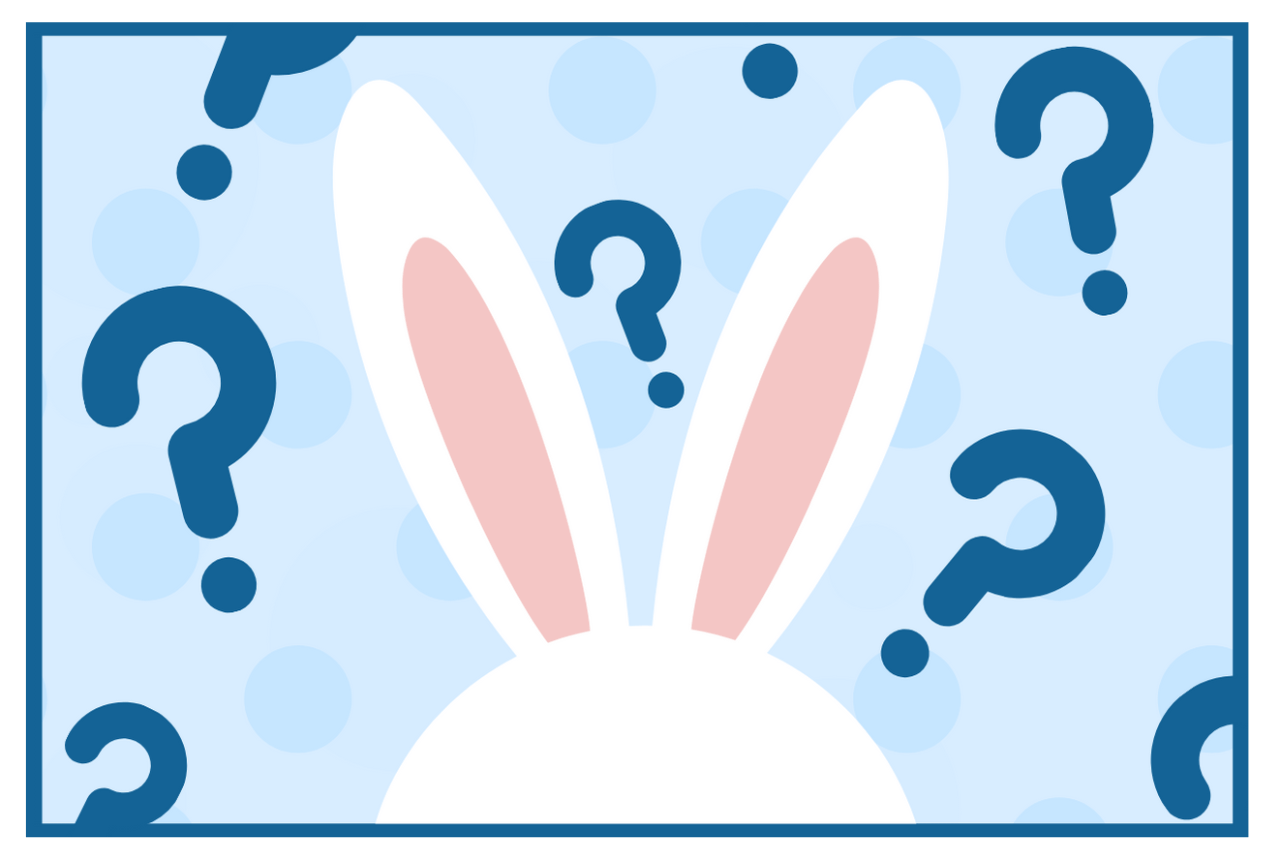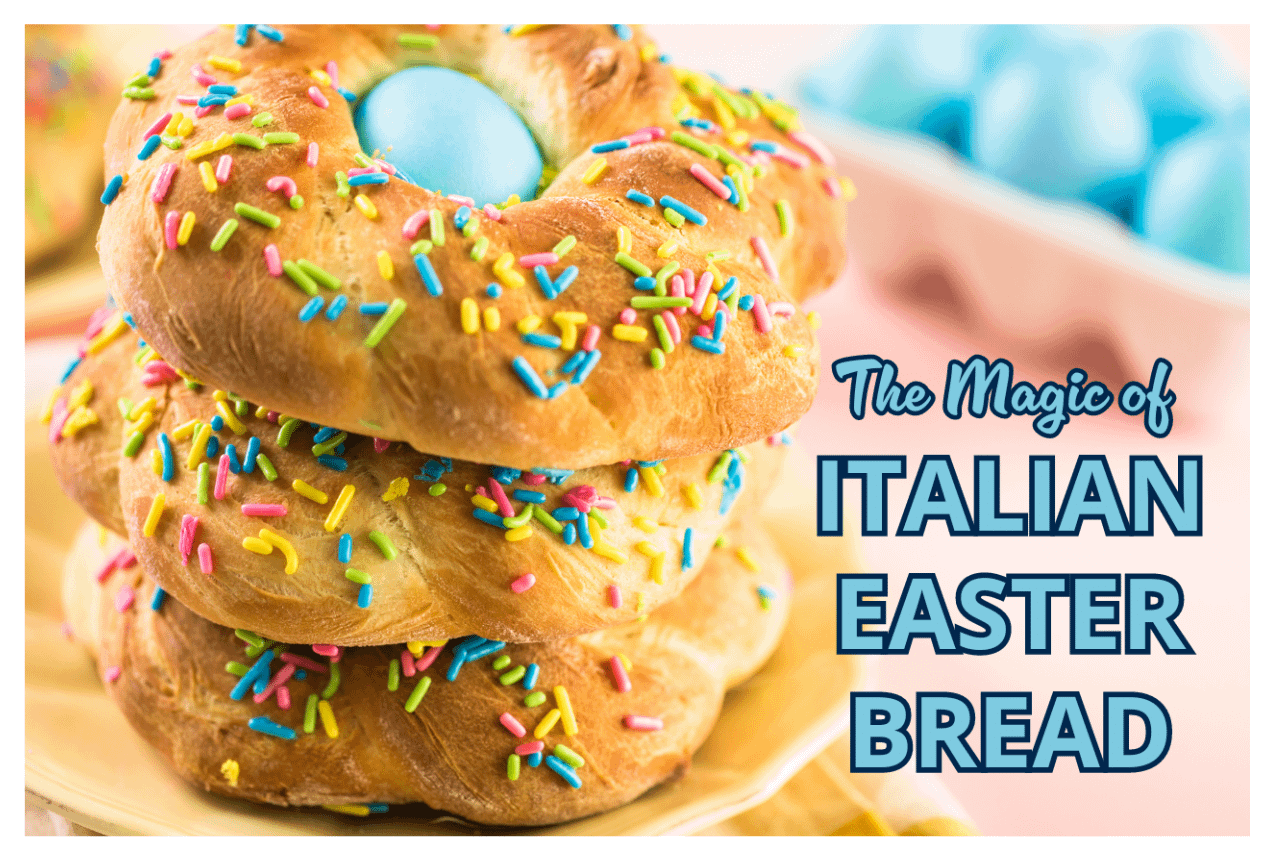Discover how a rabbit became Easter’s metaphorical mascot
Every year, as springtime dawns and flowers bloom, the Easter Bunny emerges from its burrow to bring joy and treats to children around the world. But have you ever wondered how this fluffy, long-eared creature became synonymous with Easter? Join us on a delightful journey through history as we uncover the Easter Bunny's origins, significance, and global variations.
Starting at the Beginning: The Origins of Easter
To understand the origins of the Easter bunny, we must first understand the origins of Easter as a holiday. Christians worldwide primarily celebrate Easter to commemorate the resurrection of Jesus Christ from the dead, as described in the New Testament of the Bible. Easter is considered the most important and oldest festival of the Christian Church, marking the culmination of the Passion of Christ, including Jesus’ crucifixion on Good Friday and his resurrection on Easter Sunday.
The significance of Easter lies in the central Christian belief that Jesus, the Son of God, was crucified and died to atone for humanity's sins and rose from the dead three days later, demonstrating his victory over death and offering salvation to believers. This event, known as the Resurrection, is the cornerstone of Christian faith, symbolizing hope, redemption, and the promise of eternal life.
Easter is a joyous occasion for Christians, celebrated with religious services, prayers, hymns, and the proclamation of the Resurrection story. Many churches hold special Easter Sunday services, often at sunrise, to mark the moment of Jesus' resurrection. Traditional Easter hymns such as "Christ the Lord is Risen Today" and "Hallelujah Chorus" are sung with fervor, and churches are adorned with flowers and symbols of new life, reflecting the theme of resurrection and renewal.
In addition to its religious significance, Easter is also celebrated with various secular customs and traditions, many of which have pagan or pre-Christian origins. Not too unlike many holidays, several present-day easter celebrations link back to the convergence of religious and non-religious traditions. Similarly to how the Christianization of pagan festivals of Lupercalia supposedly led to the establishment of many present-day Valentine’s Day traditions, the pagan festival of Ostara is believed to have impacted many modern Christian traditions surrounding Easter. To understand the crossover, we must dive into the celebration of the Spring Equinox.

Ostara: The Spring Equinox
Ostara, also known as the Spring Equinox or Eostre, is a pagan holiday that celebrates the arrival of spring and the vernal equinox. It typically falls around March 21st in the Northern Hemisphere, marking the moment when day and night are of equal length before the days begin to lengthen and the warmth of spring returns. Ostara is a time of renewal, fertility, and the awakening of nature after the cold and dormant winter months.
Ostara's origins can be traced back to ancient pagan traditions, particularly those of Germanic and Celtic peoples. The holiday is named after the Germanic goddess Eostre or Ostara, who symbolizes fertility, growth, and the resurgence of life. Eostre is associated with dawn, the rising sun, and the budding of plants and flowers, making her a fitting figure to herald the arrival of spring. Ostara is a joyous occasion marked by various customs and rituals, including the following:
- Decorating Eggs: Eggs are a prominent symbol of Ostara, representing fertility, new life, and the potential for growth. In ancient times, people would decorate eggs with vibrant colors and intricate designs as offerings to Eostre. This tradition has endured and is still practiced today, with Easter eggs being a popular feature of modern springtime celebrations.
- Feasting & Merrymaking: Ostara is a time for feasting and revelry as people gather to celebrate the end of winter and the promise of warmer days ahead. Traditional foods associated with Ostara include fresh fruits, vegetables, bread, and honey, symbolizing the bounty of the earth and the return of abundance after the lean months of winter.
- Bonfires & Ceremonies: Bonfires are often lit as part of Ostara festivities, symbolizing the return of the sun's warmth and light. These fires serve as focal points for ceremonies and rituals honoring the changing of the seasons and the renewal of life. People may dance, sing, and make offerings to the gods and goddesses associated with springtime and fertility.
- Planting & Gardening: Ostara is also a time for planting and tending to gardens, as people prepare the soil and sow seeds for the coming growing season. This act of nurturing the earth reflects the interconnectedness of humans with the natural world and the cycle of life and death.
- Connecting with Nature: Many people use Ostara as an opportunity to reconnect with nature, whether through walks in the countryside, picnics in the park, or simply spending time outdoors observing the signs of spring. This connection to the natural world is central to the spirit of Ostara, reminding people of their place within the web of life.
Overall, Ostara is a vibrant and joyful celebration of spring's arrival, marked by rituals that honor the cycles of nature and the eternal renewal of life. And as Christianity spread, pagan customs merged with Christian traditions. The adoption of many pre-Christian practices were adapted to fit Christian themes as a way of both easing the transition for new converts while also enriching the symbolism of Christian beliefs.

But, Why A Bunny?
But why a bunny for Easter? The choice of the rabbit as a symbol for this holiday can be attributed to several factors. Firstly, many cultures, including the ancient Egyptians, Greeks, and Romans, revered rabbits as symbols of fertility and renewal due to their prolific breeding habits. This correlation made rabbits a fitting emblem of new life and fertility, themes central to Easter celebrations. Secondly, rabbits are often associated with springtime, as they emerge from their burrows after winter hibernation, mirroring the resurrection of Jesus Christ.
The Easter Bunny's significance lies in its role as a bearer of joy and abundance. Just as children eagerly anticipate the arrival of Santa Claus at Christmas, they eagerly await the Easter Bunny's visit, symbolizing the arrival of spring and the promise of new beginnings.
What Does the Easter Bunny Do?
The Easter Bunny's primary task is to deliver eggs and treats to children on Easter Sunday. This tradition dates back centuries and has evolved over time. In some cultures, children leave out baskets or nests for the Easter Bunny to fill with eggs, candies, and small toys. Others participate in Easter egg hunts, scouring gardens and parks for hidden treasures left behind by the elusive bunny.
In addition to delivering treats, the Easter Bunny is also a central figure in various Easter festivities and parades around the world. Children dress up as bunnies, participate in bunny-themed crafts and games, and even meet the Easter Bunny in person at malls and events.
Countries Recognizing the Easter Bunny
While Easter is primarily celebrated in Christian-majority countries, the tradition of the Easter Bunny has spread far and wide. Countries like the United States, Canada, the United Kingdom, Australia, and New Zealand embrace the Easter Bunny as a beloved symbol of the holiday season.
In the United States, the Easter Bunny is a ubiquitous presence during the springtime, appearing in decorations, advertisements, and community events. Families dye Easter eggs, bake bunny-shaped treats, fill Easter baskets with treats, and gather for festive meals to commemorate the occasion.
Similarly, in Canada and the United Kingdom, the Easter Bunny plays a central role in Easter celebrations, delighting children with chocolate Kinder Eggs and whimsical decorations. Australian and New Zealand traditions also include the Easter Bunny, albeit with unique cultural twists and local customs.
Global Variations of the Easter Bunny
While the Easter Bunny is most commonly associated with Western countries, variations of this beloved character can be found around the globe. Let's explore some of the unique interpretations of the Easter Bunny from different cultures:
- Australia & New Zealand: In Australia, where Easter falls during the autumn season, the Easter Bunny takes on a unique twist. Instead of rabbits, Australian children eagerly anticipate the arrival of the "Easter Bilby." This indigenous marsupial, resembling a small rabbit with long ears, has become a symbol of Easter in Australia, with conservation efforts aimed at protecting the endangered species. Some chocolate companies in Australia even produce chocolate bilbies instead of or alongside chocolate bunnies during the Easter season.
- Germany: In Germany, children eagerly await the arrival of the "Osterhase," a hare that delivers colorful eggs and treats on Easter Sunday. The tradition of the Osterhase dates back to the 17th century and is believed to have originated in the region of Alsace, which borders Germany and France. German children prepare nests or baskets for the Osterhase to fill with eggs, chocolates, and other goodies.
- Switzerland: In Switzerland, the Easter Bunny, known as the "Osterhase" or "Osterhas," is also a popular figure during the Easter season. Swiss children participate in Easter egg hunts and decorate eggs with colorful designs. In some regions, children build "Easter nests" out of twigs and moss, where the Osterhase will leave treats.
- France: While France traditionally celebrates Easter with religious ceremonies and family gatherings, the Easter Bunny, known as the "lapin de Pâques," has become increasingly popular, especially in regions influenced by Germanic traditions. French children hunt for chocolate eggs hidden by the lapin de Pâques in gardens and parks.
- South Africa: In South Africa, the Easter Bunny is known as the "Easter Hare" or "Easter Rabbit." Similar to other countries, South African children receive chocolate eggs and treats from the Easter Bunny, and Easter egg hunts are a popular tradition. Additionally, Easter buns, similar to hot cross buns, are enjoyed during Easter celebrations.
Whether hiding eggs for children to find, delivering treats in baskets, or parading through streets in festive attire, the Easter Bunny's charm knows no bounds.
The Magic of the Easter Bunny
From its ancient pagan origins to its modern-day celebrations around the world, the Easter Bunny continues to captivate the imaginations of children and adults alike. As a symbol of fertility, renewal, and new beginnings, the Easter Bunny embodies the spirit of Easter and the joy of springtime. So, as you celebrate Easter this year, take a moment to appreciate the whimsical traditions and global variations of the beloved Easter Bunny, who reminds us all of the magic and wonder of the season.
Order an Easter Favorite Today!
World-famous since 1896, our DeLuxe® Fruitcake is not only the epitome of quality but also a classic Easter treat. Made with only top-shelf ingredients and expertly baked, our fruitcakes are created with our customers in mind. Order yours today!











Leave a comment
This site is protected by hCaptcha and the hCaptcha Privacy Policy and Terms of Service apply.